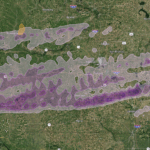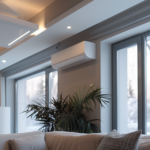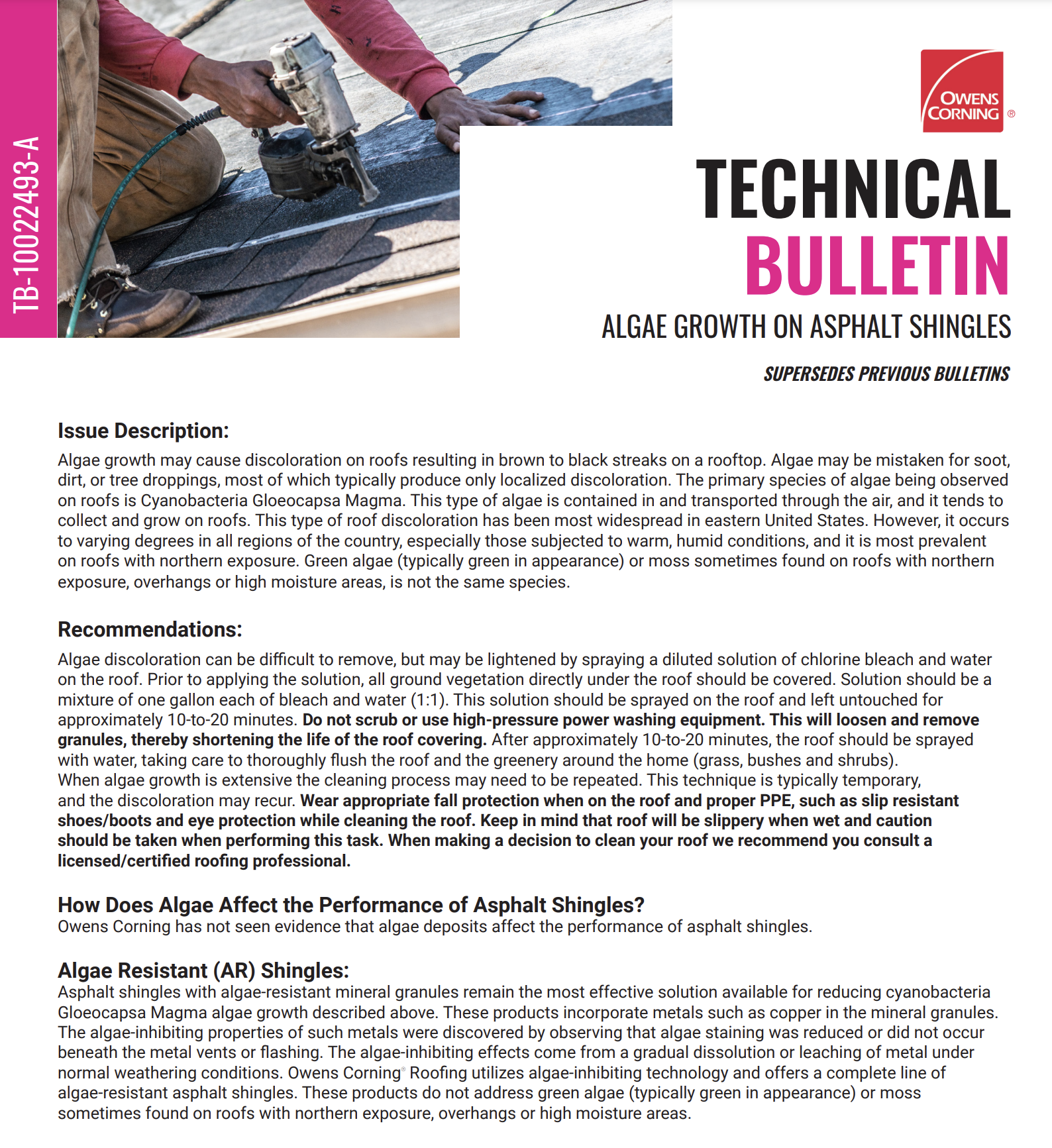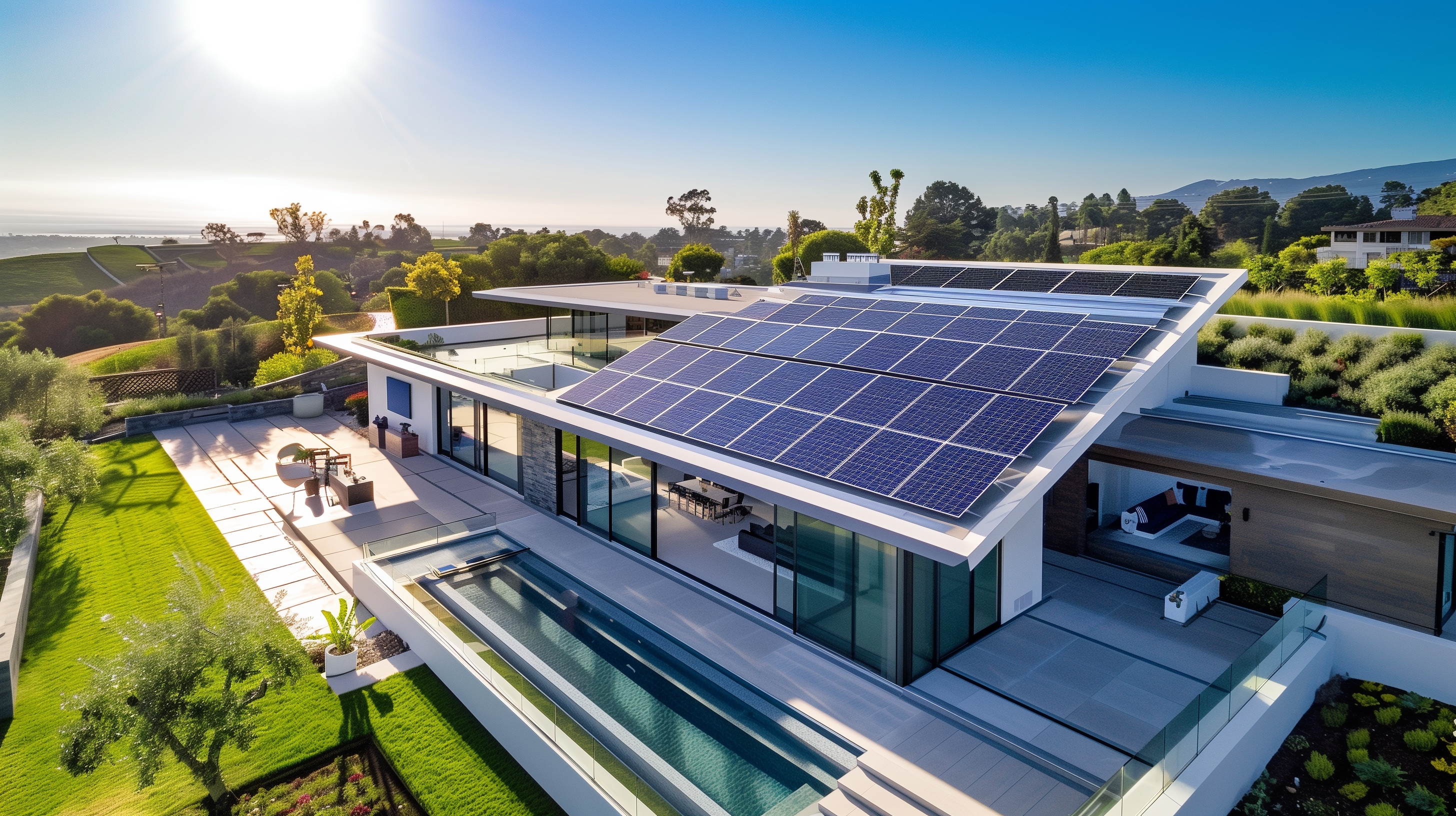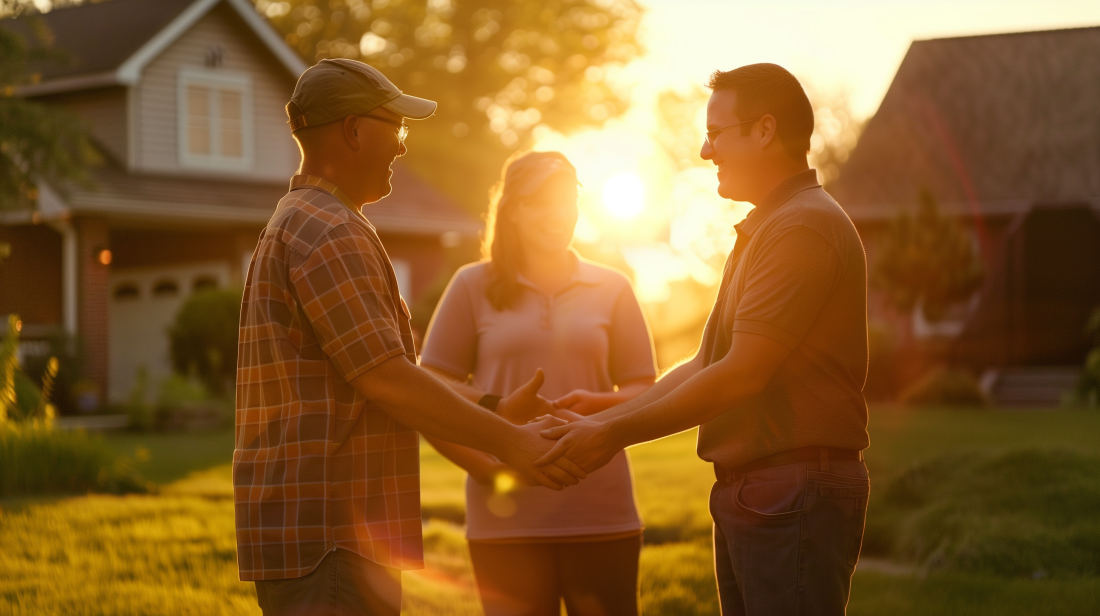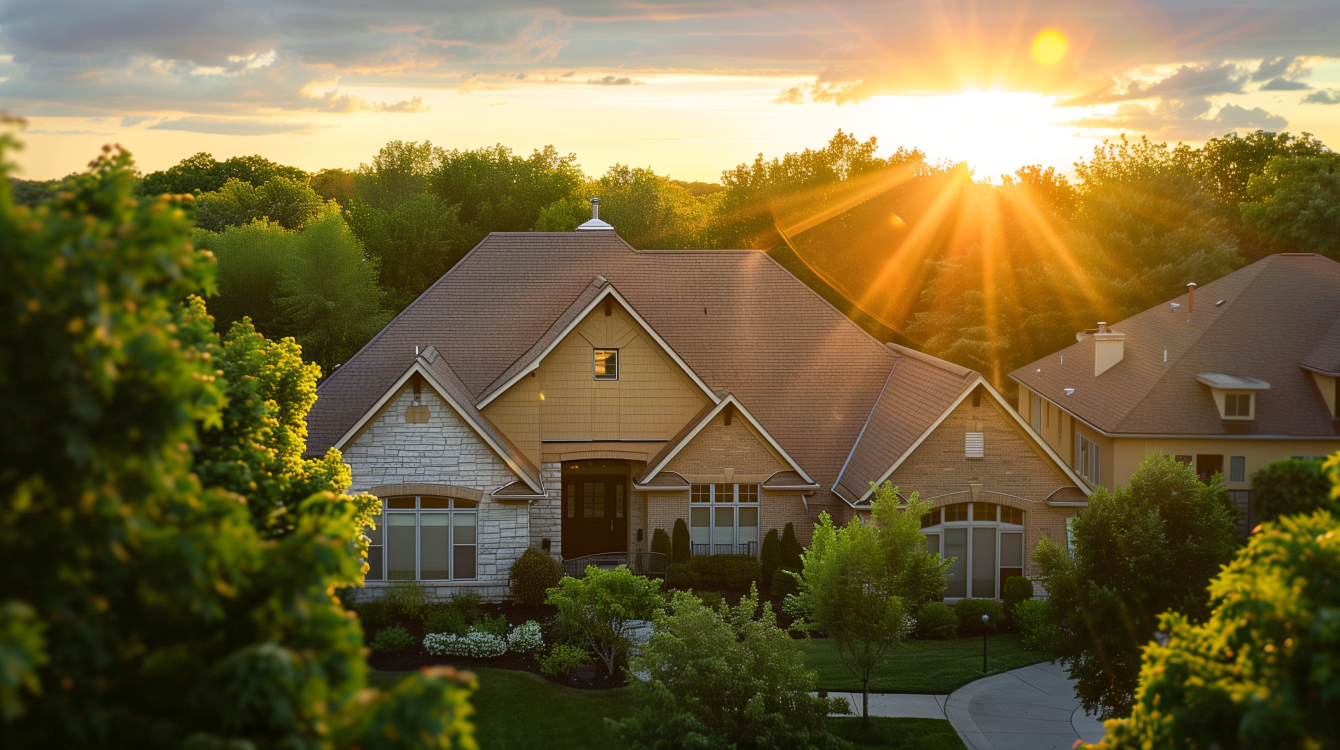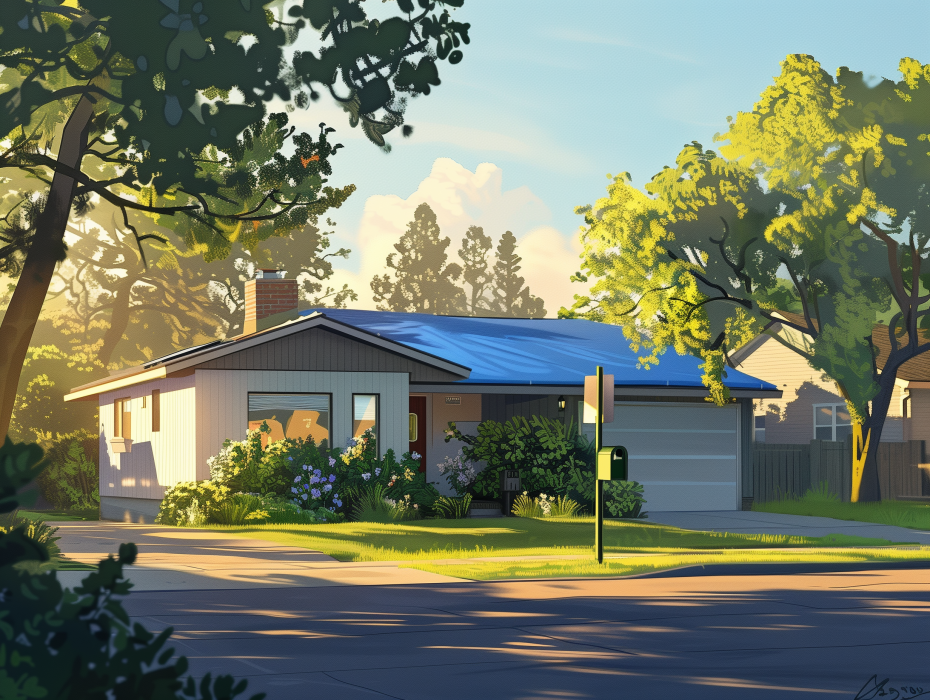Understanding Algae Growth on Asphalt Shingles
Algae growth on roofs, particularly on asphalt shingles, is a common issue that results in unsightly brown to black streaks. Often mistaken for soot, dirt, or tree droppings, this discoloration is caused primarily by the species Cyanobacteria Gloeocapsa Magma. This airborne algae tends to collect and proliferate on rooftops, especially in regions with warm, humid conditions. Algae growth is most prevalent on roofs with northern exposure and is widespread in the eastern United States but can occur anywhere in the country.
Key Effects of Algae Growth
- Discoloration:
- Algae growth leads to brown or black streaks on the roof, impacting the aesthetic appearance of the home.
- This discoloration does not typically affect the localized areas like soot or dirt but spreads more widely.
- Types of Algae:
- The primary algae causing discoloration is Cyanobacteria Gloeocapsa Magma.
- Green algae and moss, found on roofs with northern exposure or high moisture, are different species and require different treatments.
Recommendations for Cleaning Algae from Roofs
- Cleaning Solution:
- Prepare a diluted solution of chlorine bleach and water (1:1 ratio).
- Cover all ground vegetation directly under the roof before applying the solution.
- Spray the solution on the roof and let it sit for 10-20 minutes without scrubbing or using high-pressure power washing equipment.
- After 10-20 minutes, rinse the roof thoroughly with water, ensuring to flush the surrounding greenery to prevent damage.
- Precautions:
- Wear appropriate fall protection and personal protective equipment (PPE) like slip-resistant shoes and eye protection.
- Be cautious as the roof will be slippery when wet.
- Professional Consultation:
- For extensive algae growth or frequent recurrence, consult a licensed/certified roofing professional.
How Algae Affects Asphalt Shingles
Owens Corning has not found evidence that algae deposits affect the performance or longevity of asphalt shingles. The primary issue is the aesthetic impact rather than structural damage.
Algae-Resistant (AR) Shingles
- Technology:
- AR shingles incorporate algae-resistant mineral granules, typically containing metals like copper, which inhibit algae growth.
- These metals gradually leach out under normal weathering conditions, preventing the algae from taking hold.
- Product Line:
- Owens Corning® Roofing offers a complete line of algae-resistant asphalt shingles designed to reduce the growth of Cyanobacteria Gloeocapsa Magma.
- Note that these products are not effective against green algae or moss found in high moisture areas or roofs with northern exposure.
Conclusion
Addressing algae growth on asphalt shingles is crucial for maintaining the aesthetic appeal of your home. Using AR shingles and following proper cleaning procedures can help manage and reduce algae growth effectively.
For Immediate Service or Consultation
Contact Allied Emergency Services, INC.
Phone: 1-800-792-0212
Email: Info@AlliedEmergencyServices.com
Location: Serving Illinois, Wisconsin, and Indiana with a focus on the greater Chicago area.
If you require immediate assistance or have specific questions, our human support is readily available to help you.
Disclaimer: This article is intended for informational purposes only. For professional advice, consult experts in the field.
